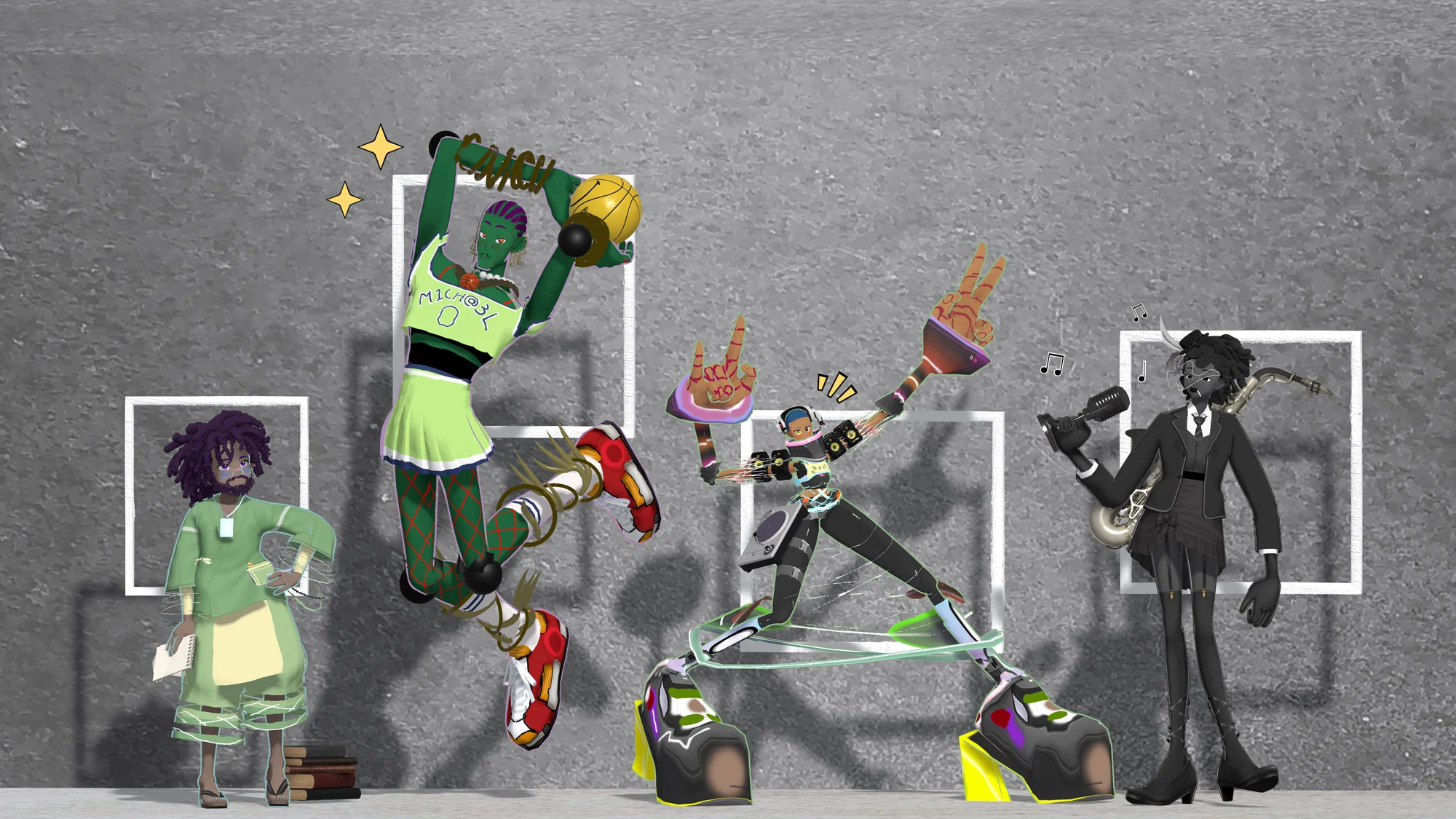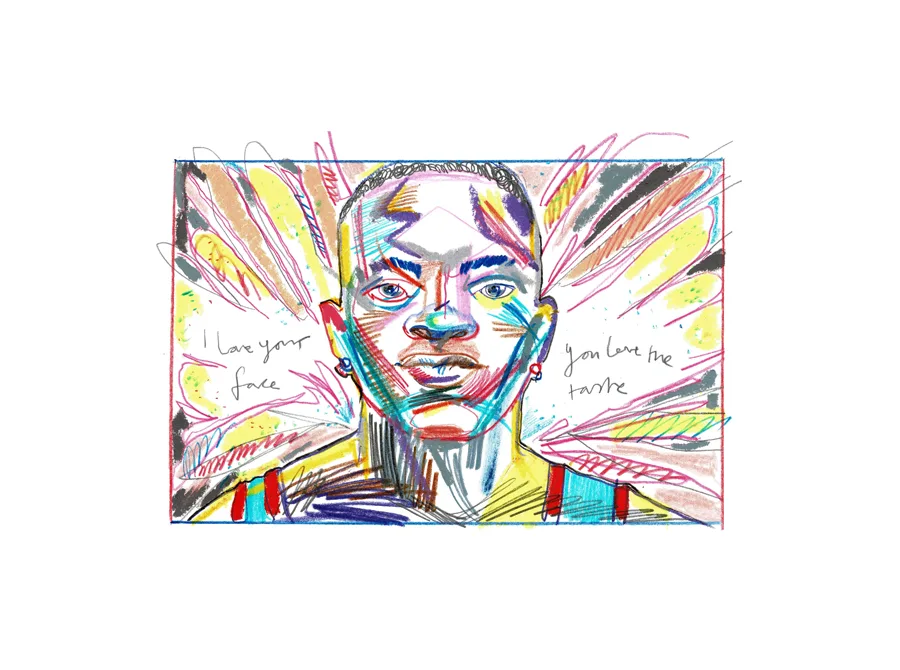
To launch our partnership with A Vibe Called Tech, we are collaborating with independent magazine Plantain Papers to celebrate the importance of Black folklore. Here, alongside a new commission by filmmaker Darryl Daley, writer and artist Kareem Reid writes about the importance of Black-owned media and looks back on some of the newspapers, publications, films and media created in the last century that have provided vital information for Black readers that were not available in mainstream media.

The history and significance of Black media is explored in a partnership between A Vibe Called Tech and WePresent by showcasing creatives and Black-owned media Platforms in an ongoing series. The collaboration honors and celebrates a Black creative community inspired by tales preserved throughout generations, upholding their value and impact on identity, self-expression and an emerging political consciousness.
In the first iteration of the ongoing series, the founders and editors of Plantain Papers, an independent journal published annually, advocate for the preservation of Black folk tales. Choosing Anansi the spider as a mythological symbol of resistance, they have gathered seven Black storytellers ranging from ages 6 to 70, in Bermuda, Brooklyn, Accra, and Toronto to discuss memories of folklore passed down from elders and its influence on their conceptions of morality and identity. Presenting newly-commissioned portraits and illustrations, Plantain Papers situate Black folklore in a legacy of an oral literary tradition and its influence on contemporary interpretations. For the publication’s founders, “African folklore is the foundation for the reclamation of our stories and owning of our narratives.”
Also commissioned is filmmaker Darryl Daley’s Black Transmission (2021), a silent film weaving text, choreographed movements and archival footage of ceremonial dance. Six performers are captured in a series of close-ups and expressive poses, supported by an original score by musician Melo-Zed. The short film is inspired by the earliest instances of an oral tradition centered around a drum beat, the foundation of Black communication and kinship.
The evolution of Black media in Britain are inextricably linked to the development of international Black freedom movements.
The evolution of Black media in Britain across decades of political, cultural, social economic change are inextricably linked to the development of international Black freedom movements. In the United States, Marcus Garvey’s Negro World newspaper characterised the 1920s publishing boom of the Harlem Renaissance. The Johnson Publishing Company founded in 1942, housed Ebony and Jet magazines and the Johannesburg based Drum, founded in 1951 was notable for its focus on Black life in the city’s most deprived areas. Activist Claudia Jones’ newspaper the West Indian Gazette was founded in 1959 to combat British racism and the The Voice newspaper founded in 1982 was built upon that legacy. In 1966, activist publisher John LaRose’s New Beacon Books provided space for a number of community-based organisations and campaigns. These outlets provided vital information for Black readers that were not available in mainstream media, addressing and communicating issues of racial discrimination in housing, jobs and education.
The rise of community-led internet culture, podcasting and streaming technology ushered in the current era of digital broadcasting and the proliferation of Black media. Today, niche publications provide platforms for emerging Black voices pushing further diversity in a growing landscape of independent media that challenges dominant, harmful stereotypical narratives.
Cultural theorist Stuart Hall described Anansi as “a genius at manoeuvring between irreconcilable tasks.” In his 2017 memoir, he relates his own migratory experience from Jamaica to the UK to this “transitional figure who belongs to two worlds and thus to neither.” Here, Plantain Papers celebrates and honors the persistence of Black spirituality, mythology and orally preserved folk tales evoking the warm familiarity of nostalgia.





